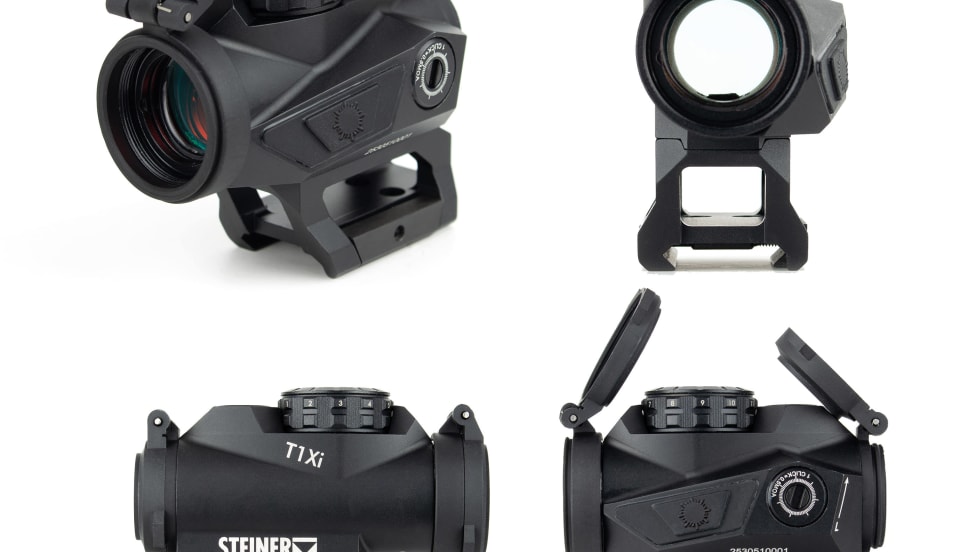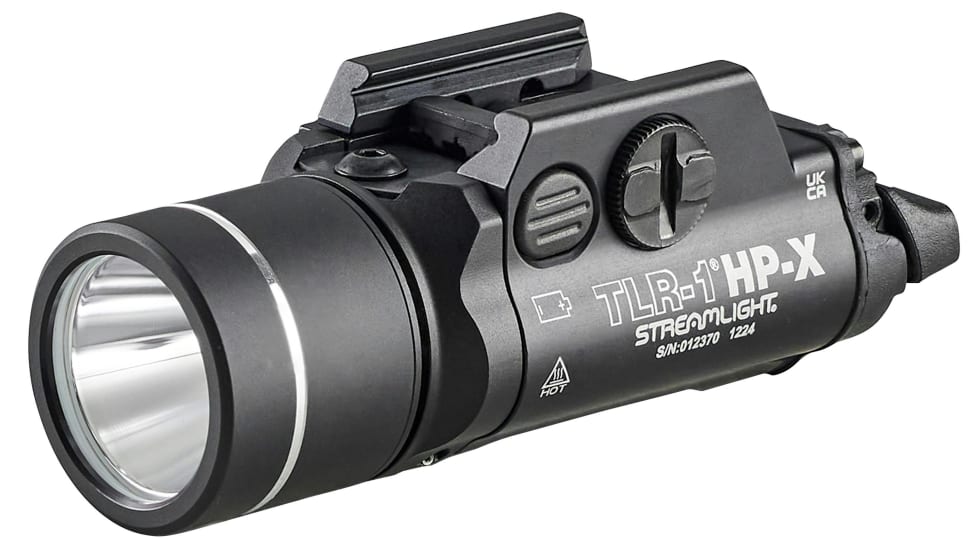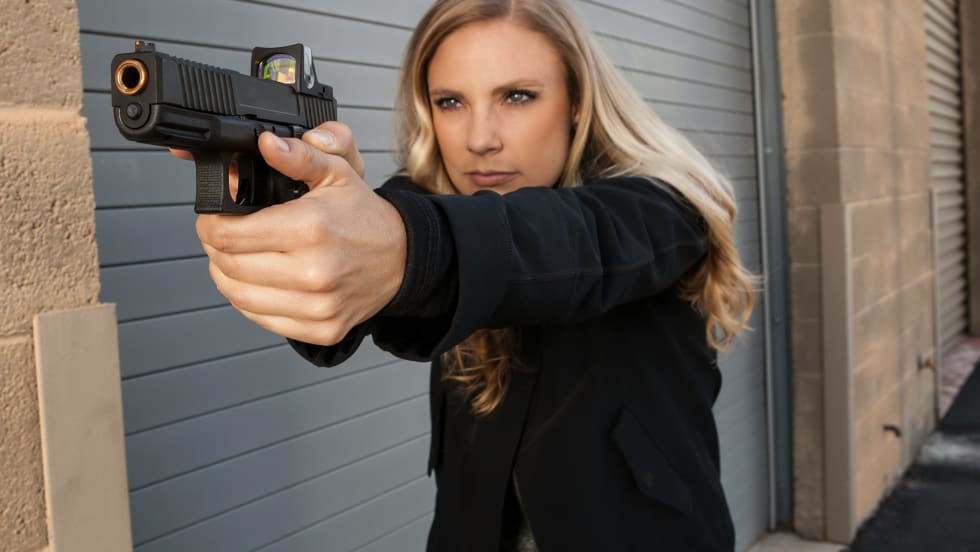But I do think .22 conversions or pistols originally designed to fire .22 Long Rifle cartridges can be excellent tools for training new recruits who have never fired a pistol. They also can save you a lot of money when used for remedial training of officers who need to brush up on their grip, aim, and sight alignment. Finally, for the average officer who likes to practice with firearms, a .22 conversion could be a real budget saver.
Crunching The Numbers
How much could an agency save training part of the time with .22 pistols? That depends on the size of the agency, but let's look at some ballpark figures for a typical police academy class.
The average police academy recruit fires approximately 2,000 rounds of ammunition preparing to qualify with issued service handguns. I personally see no reason why a good percentage of these 2,000 rounds of training ammunition cannot consist of .22 LR ammunition.
At the very least the average recruit should be able to use a minimum of 1,200 to 1,500 rounds of .22 LR out of his or her 2,000-round allotment of training ammo. This would cut the ammunition budget by a substantial figure since the average police academy class of 24 recruits would be using 28,800 to 36,000 fewer rounds of regular caliber training ammunition. After five academy classes, the police academy would be shooting approximately 144,000 to 180,000 fewer rounds of regular caliber training ammunition.










